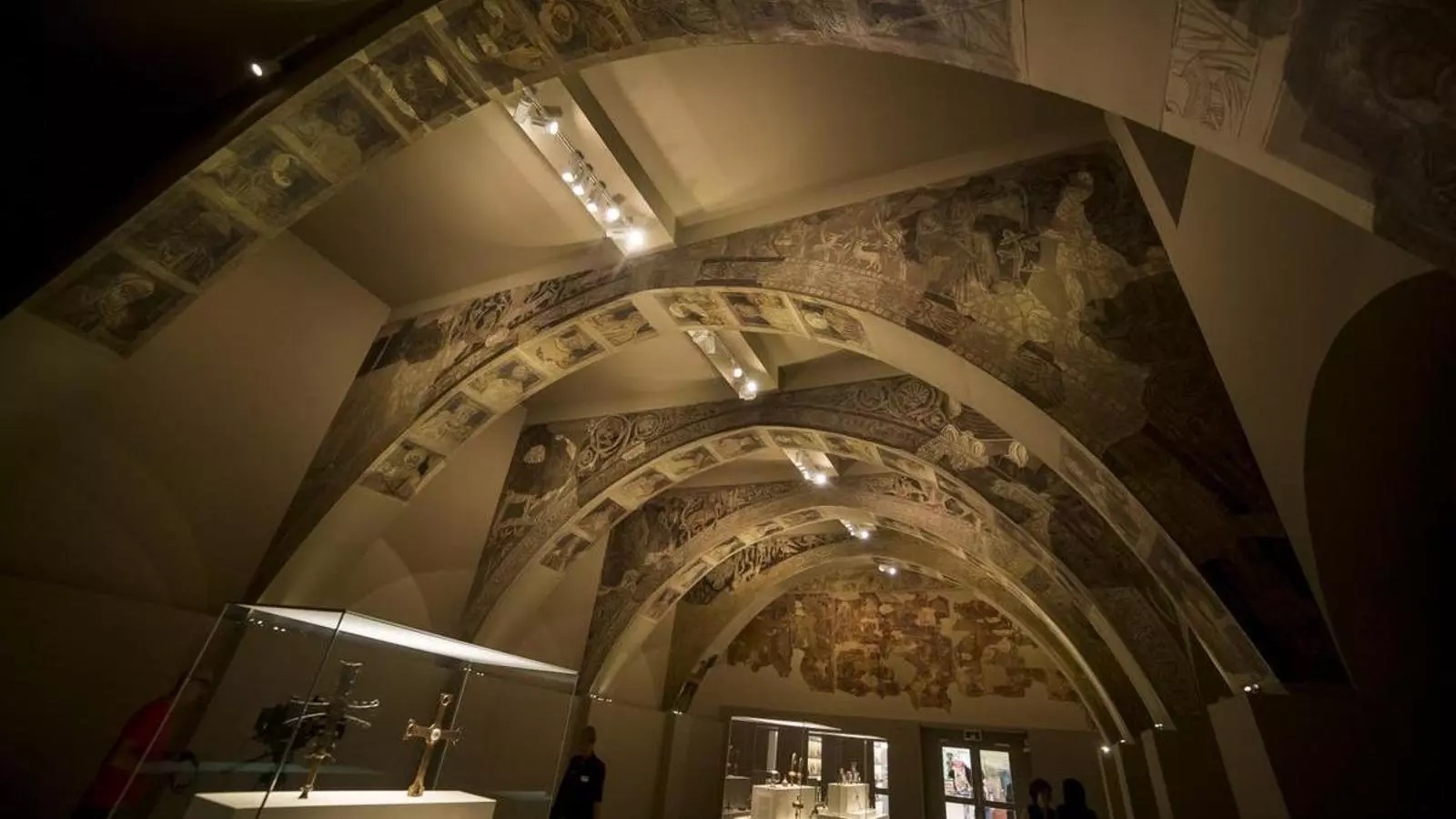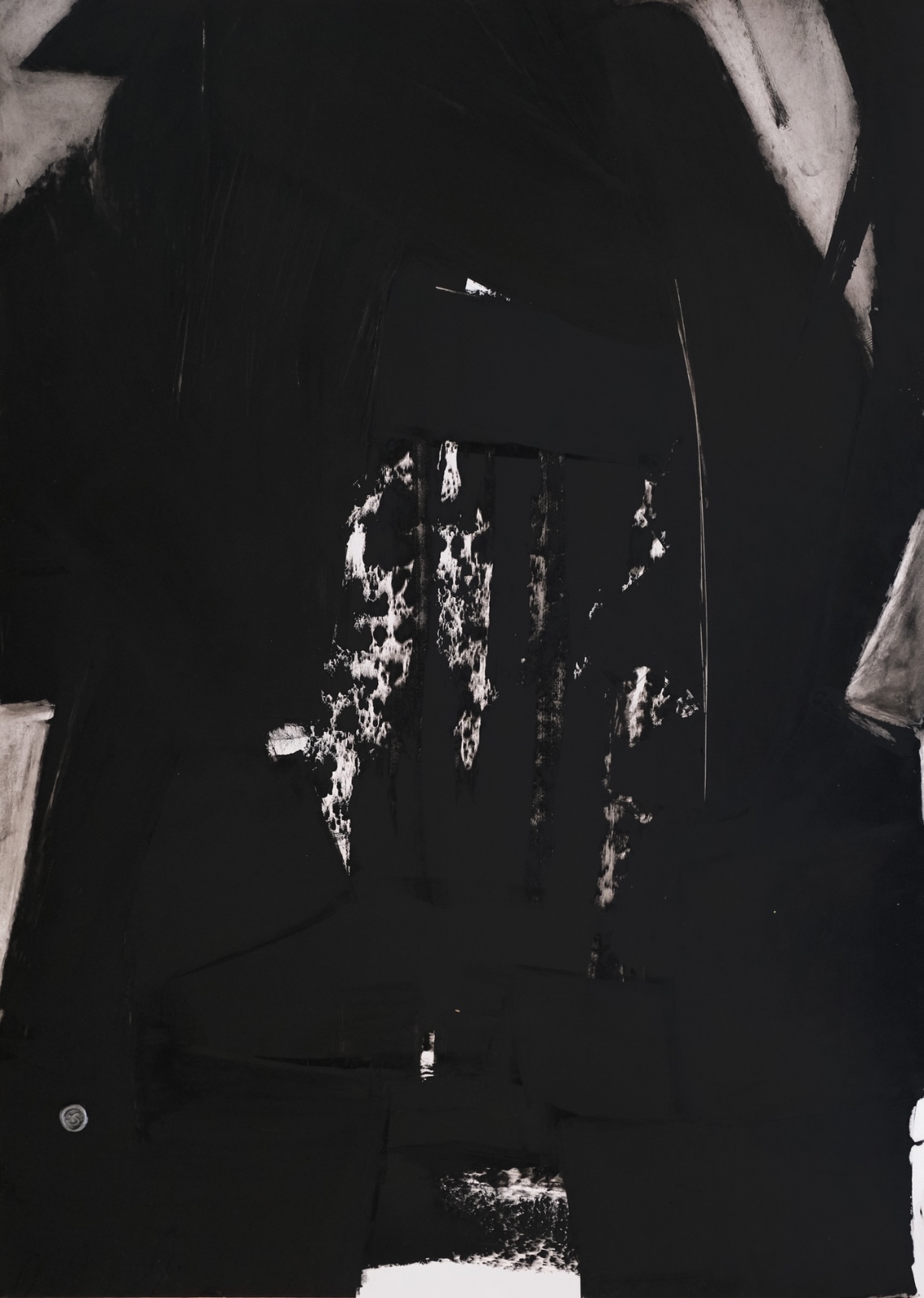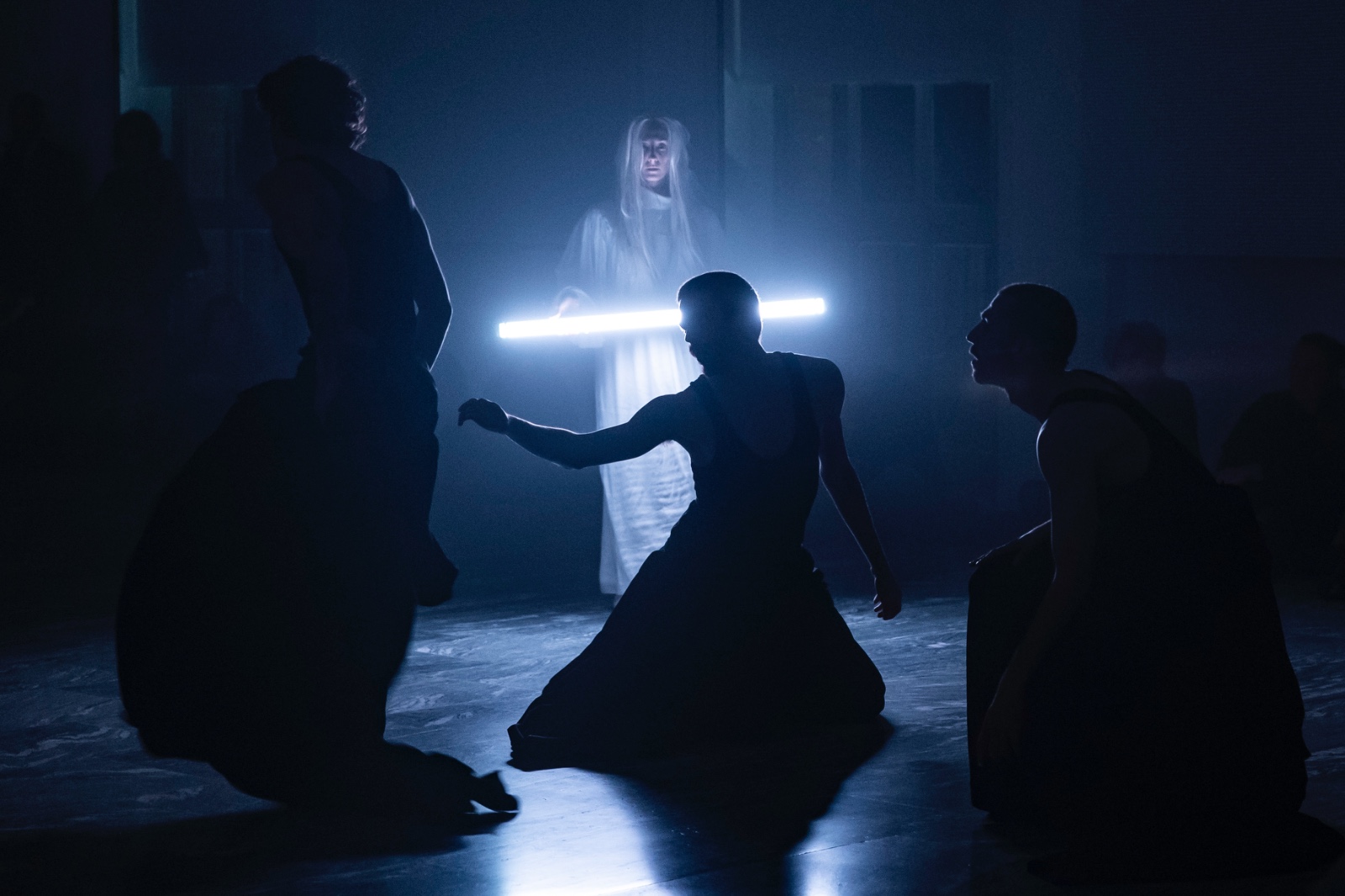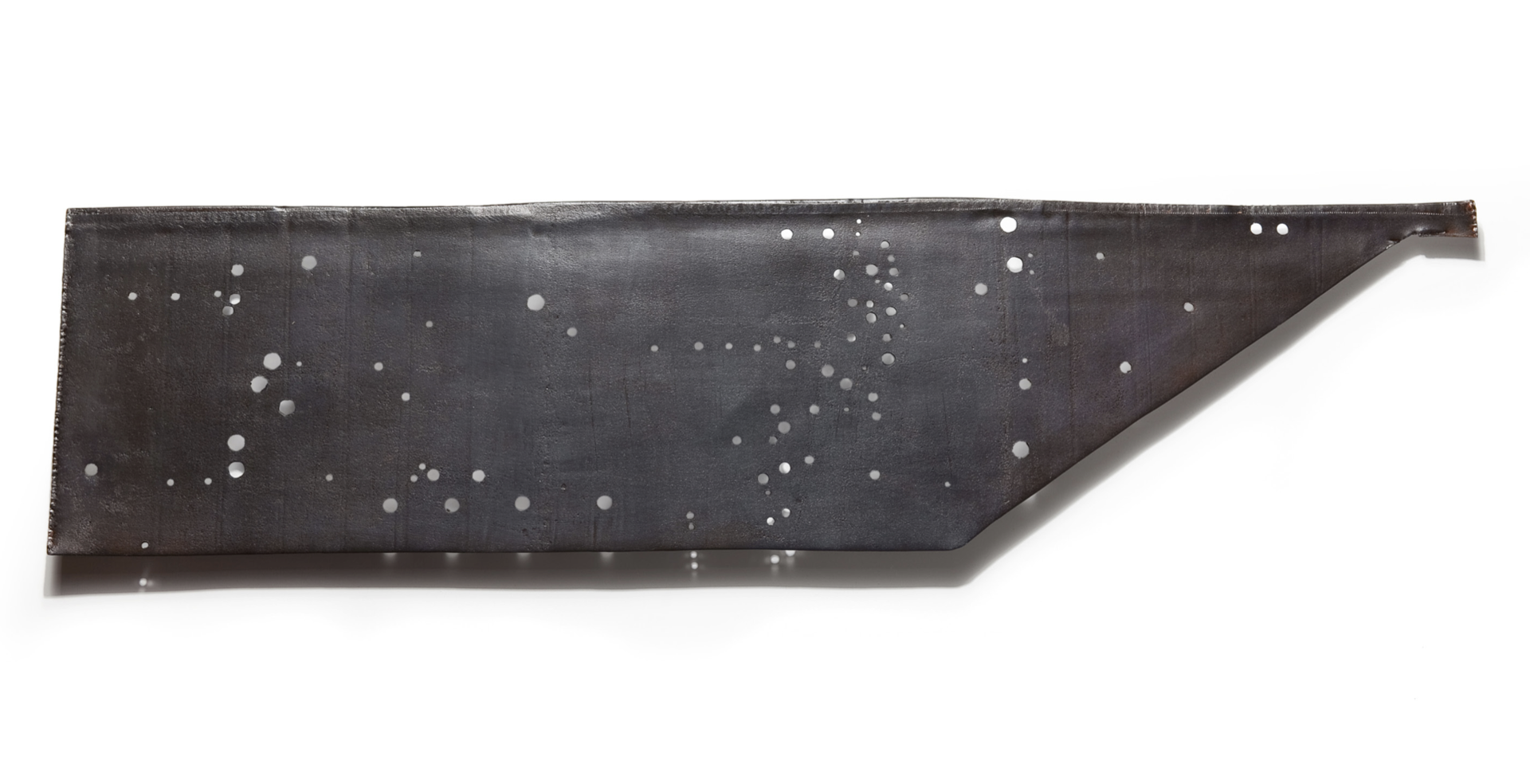News
The Supreme Court orders the MNAC to return the Sixena murals
The verdict reactivates the historical conflict with Aragon and raises doubts about the viability of the transfer for conservation reasons.

The Supreme Court has confirmed that the National Art Museum of Catalonia (MNAC) must return the mural paintings from the chapter house of the Sixena monastery to their original location in Aragon. The ruling follows a previous ruling by the Huesca Court, which established that the MNAC is not the legitimate owner, but a simple depository.
The president of the Generalitat, Salvador Illa, has reacted by affirming that his government will not obstruct the execution of the verdict, "the sentence is clear and must be respected", he declared, although he acknowledged that the transfer may pose a risk to the integrity of the works. Illa has left it in the hands of the MNAC to decide how and when to execute the resolution, appealing to the need for a technical debate to avoid "irreparable damage".
The paintings, dated between 1196 and 1208, They are considered a key piece of Catalan medieval heritage and were saved by the Republican heritage services after the monastery burned down during the Civil War. Restored and moved to Barcelona, they are currently mounted on canvas and wood supports that were built to simulate the arches of the Chapter House of Sixena, but they are not exact copies; the sizes are approximate and, therefore, do not adapt to the original architecture, which complicates the transfer without risk of degradation.
 Espai del MNAC on s’exposen les pintures murals procedents de la sala capitular del monestir de Sixena. © Marc Rovira
Espai del MNAC on s’exposen les pintures murals procedents de la sala capitular del monestir de Sixena. © Marc Rovira
The Minister of Culture, Sònia Hernández, has been more forceful than the president in defending the conservation of the works and, in the same vein, the director of the Center for the Restoration of Movable Property of Catalonia, Mireia Mestre, has warned that "we should see if it is executable. There is a code of ethics for restoration professionals that says that when the heritage being intervened is put at risk, what should be done is not to take action and not to carry out the project." For his part, Pepe Serra, current director of the MNAC, declared a few years ago that, while he was in charge, the Sixena murals would not be removed: "I say it very clearly, it would be nonsense, an international nonsense."
 Detall de les pintures murals de Sixena exposades al MNAC. © Eli Don
Detall de les pintures murals de Sixena exposades al MNAC. © Eli Don
The conflict between Catalonia and Aragon over the artistic legacy of Sixena has been going on for decades and has already had controversial precedents. In 2017, the Civil Guard confiscated 44 works from the Museum of Lleida in compliance with another ruling, in an action that was widely criticized for how it was politically handled. Now, the Court of First Instance of Huesca will have to define the protocol for the transfer of the paintings. Although the Supreme Court ruling does not contemplate the conditions of conservation of the work, specialists insist that the monastery's chapter house, affected by humidity since the 12th century, does not offer the environmental guarantees necessary to adequately preserve such fragile works.
Meanwhile, the MNAC board of trustees — made up of representatives from the Generalitat, Barcelona City Council and the Spanish government — will meet next week to study how to proceed. The Minister of Culture, Ernest Urtasun, has called for institutional collaboration between Catalonia and Aragon to face what he describes as a “joint decision.”








